Aero Bike Wheel Test… The Fallout
Those of you who are avid viewers of a number of Internet forums will have noted that some results from my bike wheel wind tunnel testing have been contested and criticized. The ultimate result was I ended up getting banned from weightweenies for a week for calling Tom Anhalt of bike blather a spec of shite on the anus of humanity and a letter went from Flo Cycling’s lawyers.
One of the advantages to not being in the bike industry full time is I don’t really give two hoots about brand perception and I’m more than happy to tell someone where to poke it when they are talking from their rear end.
The Background
This story starts off with an innocent enough beginning. One of my colleagues was doing an IronMan race and needed the fastest wheels. So some testing was performed. The difference was as a group of aerospace engineers, we probably have a better understanding of airflow than bike companies whose primary aim is to sell more equipment and not really care if what you buy is slower than what you had last year.
The results of this wind testing were published on the internet, mainly to help people decide which wheels to buy. There was a general perception amongst my colleagues that testing of any aero bike component was subject to bias in favour of a particular brand so as an impartial body with a wind tunnel this removed that bias.
What happened after this is what I can best describe as an abrupt introduction to the shady world of Bike marketing. Instantly, people were questioning the validity of the study and the methods that were used. They were quite entitled to do this so some increased data was provided. At this point, I was starting to think something ropey was going on because the data that was being asked for was being heavily skewed in a particular direction and a number of users wanted data in a format that is not how Aerospace Engineers represent data, it’s how bike marketing departments represent data. There were also accusations that the data was made up – reasoning for publicity – these accusations mainly came from people associated with poorly performing wheels.
Fast forward a couple of months and what has become apparent is bicycle wheel companies and frame suppliers have people parading on internet forums convincing forum users to buy their products and other commenters believing these individuals are informed. This is apparently called a “shill” in north america and would probably be more like a tout in the UK.
I will categorically state this on my blog, the majority of aerodynamics engineers who work in the bike industry are not well trained and not well versed in aerodynamic principles. Most bicycle and wheel manufacturers sub contract their Aero out to third parties like Siemens or Fluent/Ansys for this very reason.
The Informed… aka the bell end
There are also a category of forum goers that some might consider to be informed. You should apply caution to these individuals because spending 2 hours in a wind tunnel does not suddenly make them an expert. They talk a very good game but when data is supplied like Aero engineers look at it, they discredit it. Mainly because they don’t understand it.
The Fake Wheel Companies an example.
There are a lot of companies who buy in cheap far eastern wheel rims and then build up wheels to sell in the west. While the aerodynamics is difficult for an end user to question because they rarely have access to a wind tunnel. It’s quite obvious when mechanical engineering is exposed. If we take this example from Flo Cycling, they comment on how their EZO bearings are of top quality and their L10 ratings are amongst the best.
To the casual observer, it’s a good sales pitch and being open is a modern marketing ploy. To the experienced engineer some of their methods are frankly shocking. If one of my graduate engineers did the following, they would be disciplined
- They have calculated their bearing loads assuming a pure radial load. No axial – cornering load had been used. 6000 series bearings fail much faster in axial loading.
- They have used a vernier caliper (and a cheap one at that) to measure bearings to 0.01mm accuracy. This is a completely inappropriate measuring instrument. A micrometer would be more appropriate
- Quality bearings will never measure exactly on the bore and outer diameter, they always measure under so these readings are 100% inaccurate, they are cheap bearings or they cannot use their equipment properly.
The Conclusion
This is mainly a statement that the buyer should be aware of some of the practices of bike suppliers and manufacturers, a lot of them have vested interests in a shady form of social media advertising but it goes undetected.
As a practicing engineer, I will continue to provide commentary but will pay careful attention to the individuals that are asking for it.

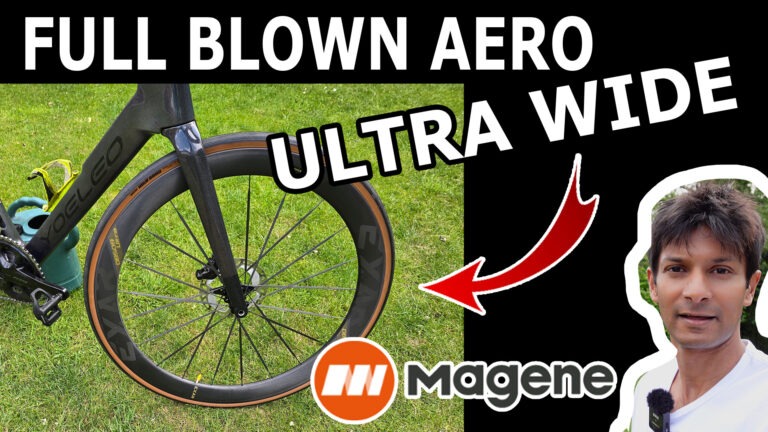
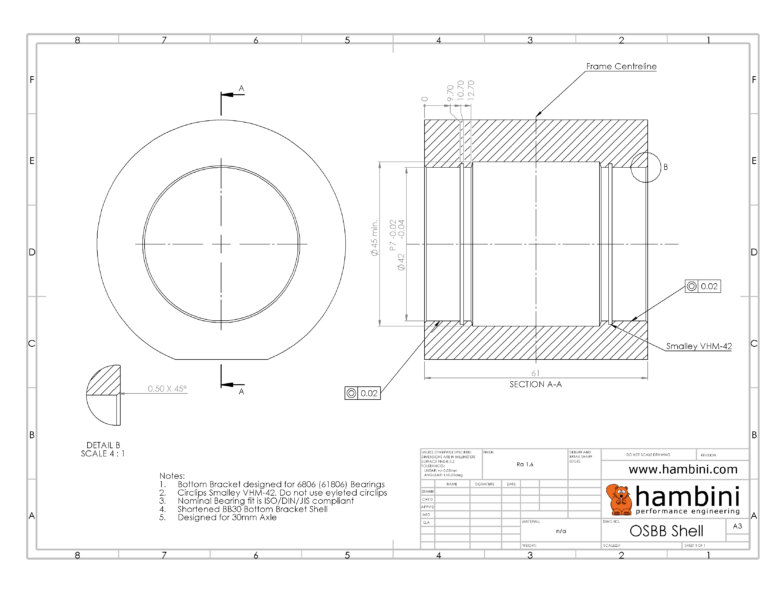
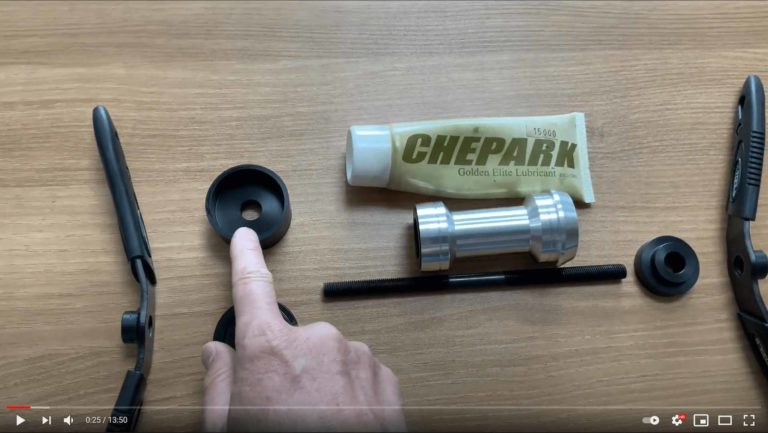


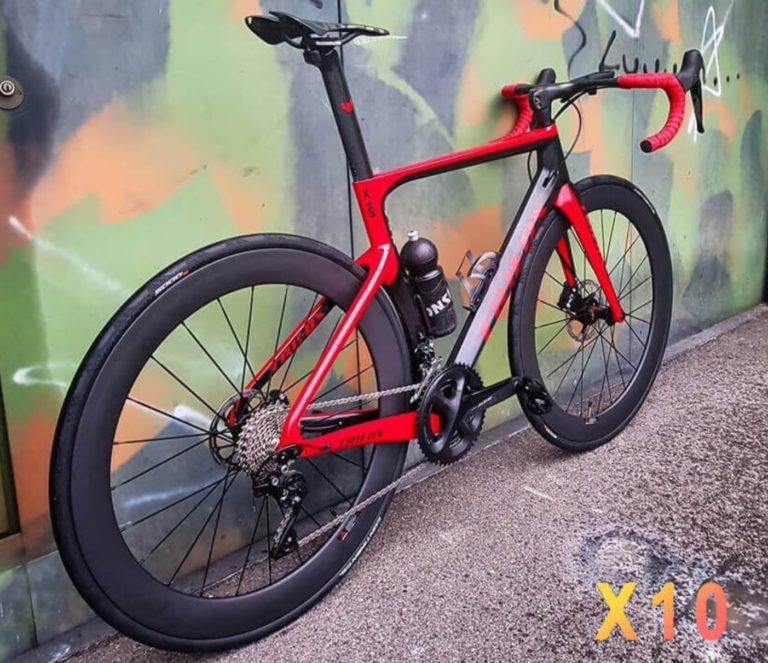
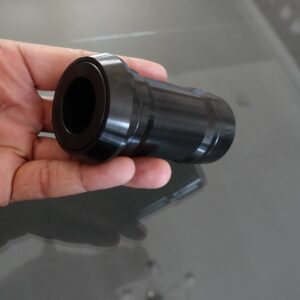 Hambini Racing BB30 Bottom Bracket SRAM GXP Crankset (Black)
Hambini Racing BB30 Bottom Bracket SRAM GXP Crankset (Black)